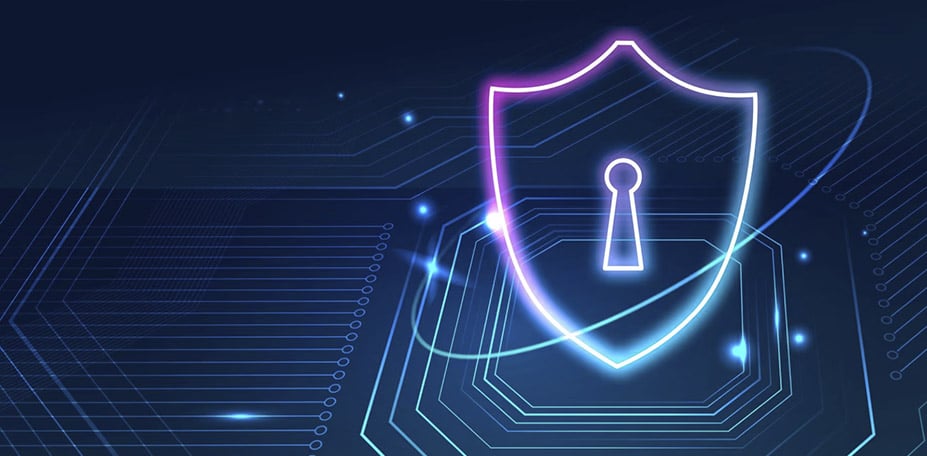Increasing cyber-attacks, advancing technology, and changing user habits compel organizations to be vigilant and take additional security measures against potential threats, whether from outside or within. Besides financial losses, potential damage to reputation is crucial for companies and institutions.
In this article, we will present to you what IAM (Identity and Access Management) and PAM (Privileged Access Management) are, the two critical components of modern cybersecurity infrastructure, and what are the fundamental differences between these two solutions.
In fact, both solutions are designed to control user access to sensitive data and resources, but they serve different purposes and operate at different levels within a company's or organization's security architecture.

IAM is a broad term that refers to policies, processes, and technologies used by organizations to manage user identities and access to information systems. IAM systems are designed to protect sensitive information from unauthorized access while ensuring that users have the appropriate level of access to the resources they need to perform their jobs.
On the other hand, PAM is a more specific subset of IAM focused on managing and monitoring privileged access. Privileged access refers to permissions and capabilities that allow users to perform actions that could potentially impact an organization's security posture, such as installing software, accessing critical data, or making system-level changes. PAM solutions are designed to reduce the risk of insider threats and other security incidents by providing additional controls and oversight for users with elevated privileges.

One of the key differences between IAM and PAM is the scope of their coverage. IAM systems are typically designed to manage access across the entire organization, including employees, contractors, business partners, and customers. IAM solutions typically include features such as single sign-on (SSO), multi-factor authentication (MFA), and role-based access control (RBAC) designed to provide a consistent and secure access experience across a broad range of users.
On the other hand, PAM solutions typically focus on a smaller subset within an organization, especially those with privileged access. PAM solutions include features such as password vaulting, session monitoring, and privilege escalation workflows designed to authenticate, monitor, and control privileged users.

Another significant difference between IAM and PAM is the level of risk they are designed to address. IAM solutions focus on preventing unauthorized access to sensitive data and resources but may not provide the same level of control and oversight for authorized users with privileges. Typically, users with broad privileges are the soft underbelly of a company. PAM solutions are designed to mitigate the risk of misuse of privileged access or insider threats and other security incidents.

In summary, IAM and PAM are both critical components of a modern cybersecurity infrastructure. IAM solutions are designed to manage user identities and access across the entire organization, while PAM solutions provide additional controls and oversight for users with elevated privileges. By implementing both IAM and PAM solutions, organizations can protect their sensitive data and resources from unauthorized access and misuse.
For details on our Indeed-ID IAM and PAM solutions, experienced in various sectors globally, please contact us.


